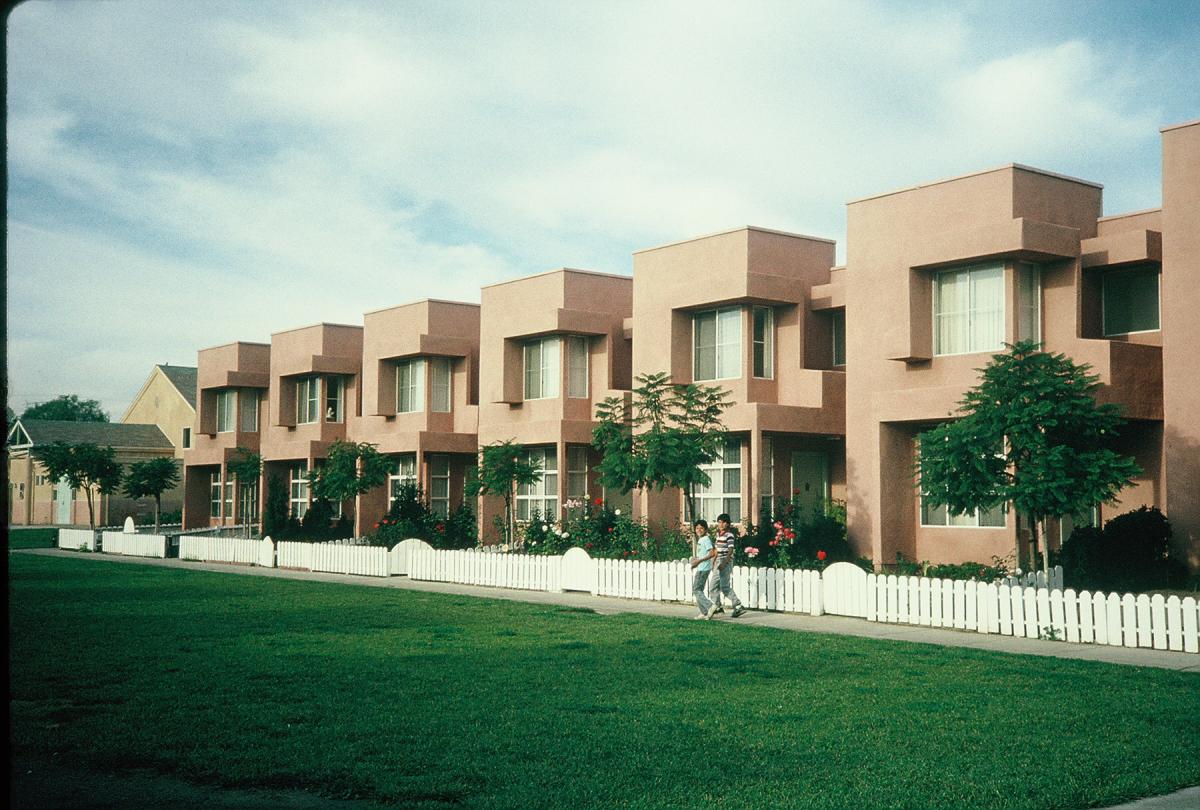- Home
- Donate Now!
- About Us
- Services
- Homeownership
- Rentals
- Rental Communities
- Azahar Place
- Camino Gonzalez
- Casas de Suenos
- Casa Garcia
- Casa Velasquez
- Central Station
- Courtyard at Harvard
- Cypress Court
- Kalorama
- Meta Street
- Montgomery Oaks
- Paseo Santa Clara and Paseo Del Rio
- Paseo De Luz
- Plaza del Sol
- Rodney Fernandez Gardens
- Santa Paulan
- Snapdragon Place Apartments
- Valle Naranjal
- Villa Cesar Chavez
- Villa Solimar
- Villa Victoria
- Vista Hermosa
- Yale Street
- Wagon Wheel Apartments
- Snapdragon
- Affordability
- Qualifications
- Success Stories
- Future Communities
- Rental Application
- Rental Communities
- Get Involved
- Sponsors & Partners
- Contact Us
- Careers
- Media
- Calendar
Cabrillo Village
Although CEDC was instrumental in building and rehabilitating Cabrillo Village, it is now a self-managed community.

Cabrillo Village
Los Cabos Lane
Ventura, CA 93001
27 Single Family Homes
Completed in 1989
Cabrillo Village Homes (Rehab)
1515 S. Saticoy
Ventura, CA 93004
Cabrillo Village I
1515 S. Saticoy
Ventura, CA 93004
Cabrillo Homes II
Los Cabos Lane
Ventura, CA 93001
Cabrillo Village Homes (Rehab)
86 Multifamily Homes rehabilitated
Completed in 1986
Cabrillo Village I
35 Multifamily Homes
Completed in 1981
Cabrillo Homes II
39 Multifamily Homes
Completed in 1986
In the early ‘60s during the civil rights movement, activist Cesar Chavez led many farm workers in strikes against growers all over Southern California to help improve the farm labor system and to fight against cheap labor and oppression. Farm workers joined in a strike in 1974 against the growers of the Saticoy Lemon Association. In 1975, the association sent eviction notices to 80 farm worker families living in the Cabrillo Village labor camp. The State of California had determined that these labor camp housing units violated health and safety codes. As a result, the lemon association decided not to repair the homes and informed the families that they needed to move out. Rather than losing their homes, residents organized to form the nonprofit Cabrillo Improvement Association (CIA). Resident families refused to obey the eviction notices and instead made the brave choice to fight for justice. As evidence of their determination, when they were threatened with the demolition of their homes, all the adults and children from the labor camp joined hands and created a human chain between the houses and the bulldozer.
On May 5, 1976, community strength triumphed after 80 families each contributed $1,000 to successfully purchase the land on which their homes resided. With the support of other organizations and agencies that learned about their struggle, the labor camp rightfully became the property of the farm workers and their families. The houses were rehabilitated, and several years later, the development expanded through the construction of 74 new units. In 1981, in a decision to expand the CIA, a countywide community development corporation was formed that became Cabrillo Economic Development Corporation (CEDC), which brings the spirit of Cabrillo Village to affordable housing initiatives throughout Ventura and Santa Barbara counties.
